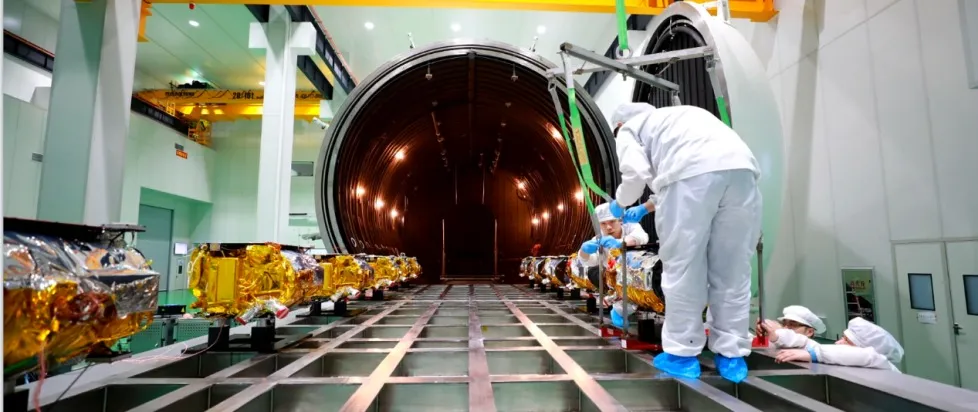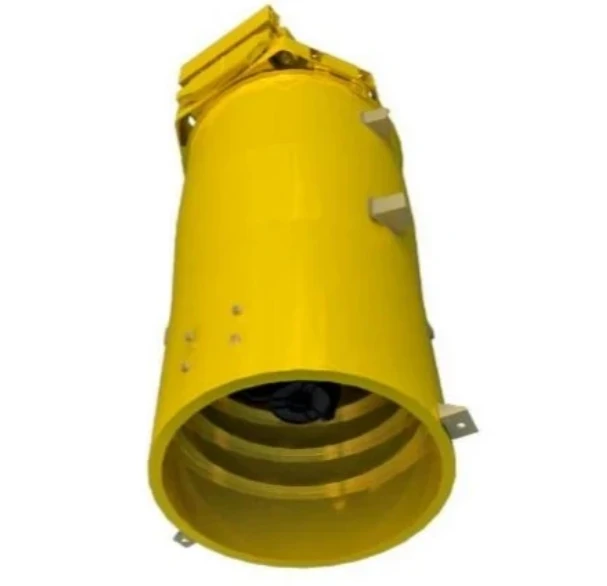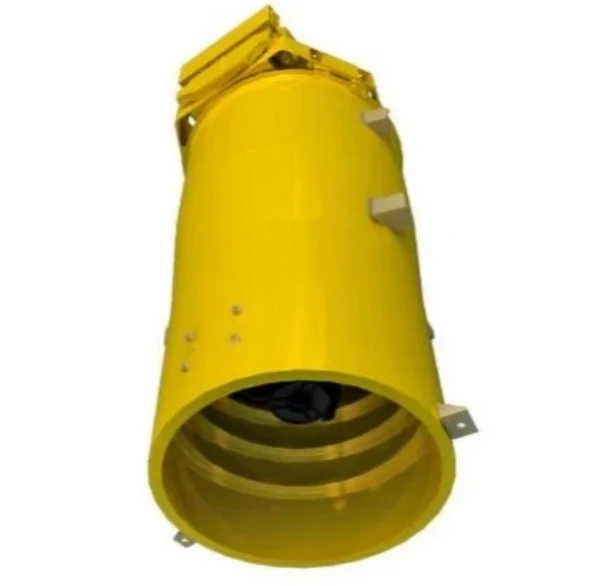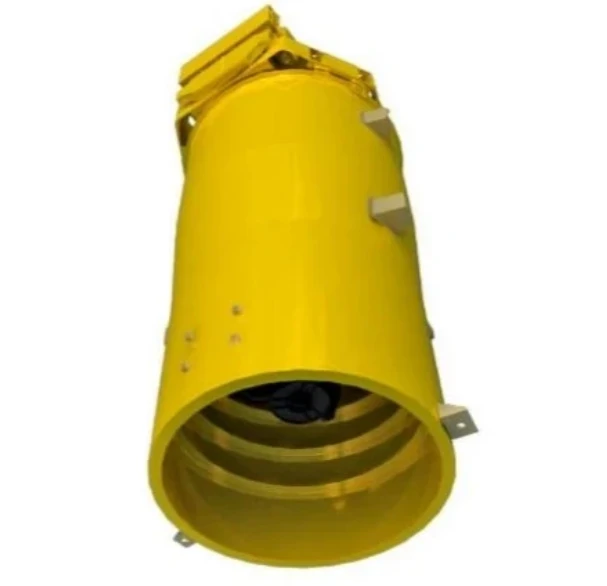
- आफ्रिकन
- अल्बेनियन
- अम्हारिक
- अरबी
- आर्मेनियन
- अझरबैजानी
- बास्क
- बेलारूसी
- बंगाली
- बोस्नियन
- बल्गेरियन
- कॅटलान
- सेबुआनो
- चीन
- कोर्सिकन
- क्रोएशियन
- झेक
- डॅनिश
- डच
- इंग्रजी
- एस्पेरांतो
- एस्टोनियन
- फिनिश
- फ्रेंच
- फ्रिशियन
- गॅलिशियन
- जॉर्जियन
- जर्मन
- ग्रीक
- गुजराती
- हैतीयन क्रेओल
- हौसा
- हवाईयन
- हिब्रू
- नाही
- मियाओ
- हंगेरियन
- आइसलँडिक
- इग्बो
- इंडोनेशियन
- आयरिश
- इटालियन
- जपानी
- जावानीज
- कन्नड
- कझाक
- ख्मेर
- रवांडा
- कोरियन
- कुर्दिश
- किर्गिझ
- श्रम
- लॅटिन
- लाटवियन
- लिथुआनियन
- लक्झेंबर्गिश
- मॅसेडोनियन
- मालागासी
- मलय
- मल्याळम
- माल्टीज
- माओरी
- मराठी
- मंगोलियन
- म्यानमार
- नेपाळी
- नॉर्वेजियन
- नॉर्वेजियन
- ऑक्सिटन
- पश्तो
- पर्शियन
- पोलिश
- पोर्तुगीज
- पंजाबी
- रोमानियन
- रशियन
- सामोअन
- स्कॉटिश गेलिक
- सर्बियन
- इंग्रजी
- शोना
- सिंधी
- सिंहली
- स्लोवाक
- स्लोव्हेनियन
- सोमाली
- स्पॅनिश
- सुंदानीज
- स्वाहिली
- स्वीडिश
- टागालोग
- ताजिक
- तमिळ
- तातार
- तेलगू
- थाई
- तुर्की
- तुर्कमेनिस्तान
- युक्रेनियन
- उर्दू
- उइघुर
- उझबेक
- व्हिएतनामी
- वेल्श
- मदत
- यिद्दिश
- योरूबा
- झुलू
Revolutionizing Earth Observation: The Power of Multispectral Satellites
The advent of multispectral satellite technology has provided new ways of observing and analyzing the Earth's surface. Multispectral satellite imagery is a powerful tool for a wide range of industries, from agriculture to urban planning, offering detailed insights into environmental changes and human activities. As the technology continues to improve, multi spectral satellite imagery is becoming an essential resource for accurate and efficient data collection.

Multispectral Satellite: A Game-Changer for Earth Observation
Multispectral satellites are revolutionizing the way we observe the Earth. Unlike traditional satellites that capture images in only a few visible bands of light, multispectral satellites can capture data in multiple wavelengths across the electromagnetic spectrum. This allows for the detection of a wide range of surface features and phenomena, including vegetation health, water quality, and urban development.
These satellites use sensors that capture light in several different bands—such as visible, infrared, and ultraviolet—providing detailed information about the Earth's surface that cannot be seen by the human eye. This broad spectrum of data is invaluable for industries like agriculture, forestry, environmental monitoring, and disaster management, where understanding the composition and health of the land is essential.
In addition to their wide range of applications, multispectral satellites also offer a high level of accuracy and precision. By collecting data across various wavelengths, these satellites enable scientists and experts to monitor the Earth's surface in ways that were previously impossible with traditional satellite imagery. The depth and breadth of data provided by multispectral satellites are essential for making informed decisions on a global scale.
Multispectral Satellite Imagery: Transforming Data into Insights
One of the key benefits of multispectral satellite imagery is its ability to provide more detailed and comprehensive views of the Earth's surface. By capturing data in multiple wavelengths, these satellites enable the creation of images that reveal hidden patterns and features that would otherwise be difficult to detect with the naked eye.
Multispectral satellite imagery plays a critical role in monitoring and managing natural resources. For example, farmers can use this imagery to assess soil moisture, crop health, and irrigation needs, allowing them to optimize crop yields and minimize water usage. Similarly, environmental agencies can use multispectral satellite imagery to monitor deforestation, track changes in biodiversity, and manage wildlife conservation efforts.
Moreover, multispectral satellite imagery provides invaluable insights into urban planning and infrastructure development. By analyzing changes in land use over time, urban planners can make data-driven decisions about zoning, infrastructure projects, and transportation planning. This type of imagery also helps to assess the impact of urban sprawl on the environment and the need for sustainable development practices.
As the demand for more accurate and actionable data continues to rise, the use of multispectral satellite imagery is expected to grow, expanding its role in fields such as climate change research, disaster management, and even military intelligence.
Multi Spectral Satellite Imagery: Expanding the Horizon of Remote Sensing
Multi spectral satellite imagery is broadening the scope of remote sensing, allowing us to gain insights into previously unexplored areas of the Earth. By incorporating multiple bands of light into their imaging systems, multi spectral satellite imagery provides a more complete picture of the planet's surface. This expanded view opens up new opportunities for environmental monitoring, resource management, and urban planning.
The key advantage of multi spectral satellite imagery is its ability to detect specific features and characteristics of the land that are invisible to traditional imaging methods. For instance, the infrared bands can reveal temperature variations, which is useful for tracking heat islands in urban areas or assessing the health of crops in agriculture. Additionally, multi spectral satellite imagery is often used to track changes in water bodies, helping authorities to manage water resources and prevent flooding.
Another benefit of multi spectral satellite imagery is its application in precision agriculture. Farmers can use this data to monitor crop conditions, assess pest damage, and detect diseases at early stages. With this information, they can make precise interventions that improve crop productivity while minimizing the use of chemicals and resources.
Overall, the potential of multi spectral satellite imagery to provide detailed, multi-dimensional views of the Earth's surface makes it an invaluable tool for a wide range of industries, from agriculture and forestry to environmental conservation and urban development.
Enhancing Environmental Monitoring with Multispectral Satellites
The ability to monitor and assess environmental changes is crucial in today's rapidly changing world. Multispectral satellites provide an effective solution for tracking environmental shifts across the globe. These satellites can measure everything from deforestation and desertification to the effects of climate change and natural disasters.
Multispectral satellites enable scientists to observe how ecosystems are changing over time by analyzing variations in vegetation, soil, and water quality. For instance, by using infrared wavelengths, these satellites can detect changes in vegetation health, which helps researchers monitor the effects of droughts, wildfires, and pollution. This type of information is invaluable for decision-making in environmental conservation efforts and for creating sustainable land management policies.
In addition, multispectral satellites are used to track the impact of climate change on polar ice caps, glaciers, and sea levels. By combining long-term satellite data with ground-based measurements, scientists can build more accurate models of climate change and predict future environmental conditions. This helps governments, organizations, and communities make informed decisions about climate adaptation strategies.
The Future of Multi Spectral Satellite Imagery
As technology continues to evolve, the capabilities of multi spectral satellite imagery will continue to improve. Advances in satellite sensors and data processing techniques are making it possible to capture even more detailed imagery with higher resolution and greater accuracy. This will further enhance the potential applications of multispectral satellites in fields such as agriculture, urban planning, and disaster management.
With the rise of artificial intelligence and machine learning, multi spectral satellite imagery can now be analyzed in ways that were once time-consuming and labor-intensive. Automated systems can process vast amounts of satellite data to identify patterns, trends, and anomalies that would be difficult for human analysts to detect. This allows for faster and more accurate decision-making in areas such as disaster response, environmental monitoring, and infrastructure development.
Moreover, the continued development of small satellites is making multi spectral satellite imagery more affordable and accessible. Small, cost-effective satellites can now be launched to provide high-resolution imagery for a wide range of applications, democratizing access to this powerful technology. As more satellites are launched, the frequency of data collection will increase, allowing for near-real-time monitoring of the Earth's surface.
Multispectral Satellites and Imagery FAQs
What is a multispectral satellite?
A multispectral satellite captures data in multiple wavelengths across the electromagnetic spectrum, such as visible light, infrared, and ultraviolet. This allows for the detection of various features on the Earth's surface that are not visible to the naked eye.
How does multispectral satellite imagery help agriculture?
Multispectral satellite imagery helps farmers monitor crop health, assess soil moisture, detect pest damage, and predict harvest yields. By analyzing the data, farmers can optimize their practices, reduce resource use, and increase crop productivity.
What are the benefits of multi spectral satellite imagery for environmental monitoring?
Multi spectral satellite imagery provides detailed insights into changes in ecosystems, water quality, vegetation health, and climate patterns. This data is crucial for tracking deforestation, monitoring droughts, and assessing the impact of climate change.
How can multispectral satellites help in disaster management?
Multispectral satellites provide real-time imagery that helps disaster management teams assess damage, track the spread of wildfires or floods, and coordinate emergency response efforts. This data is invaluable in making fast, accurate decisions during crises.
How accurate is multispectral satellite imagery?
The accuracy of multispectral satellite imagery depends on factors like the satellite's resolution, sensor quality, and the data processing techniques used. However, with advances in technology, the accuracy of this imagery continues to improve, making it a reliable tool for various industries.
In conclusion, multispectral satellite technology and multi spectral satellite imagery are transforming the way we understand and monitor the Earth. These advancements provide detailed and accurate insights that are essential for industries ranging from agriculture and environmental monitoring to urban planning and disaster management. As technology continues to evolve, the potential of multispectral satellite imagery will only increase, offering even more opportunities for better decision-making and a deeper understanding of our planet.











